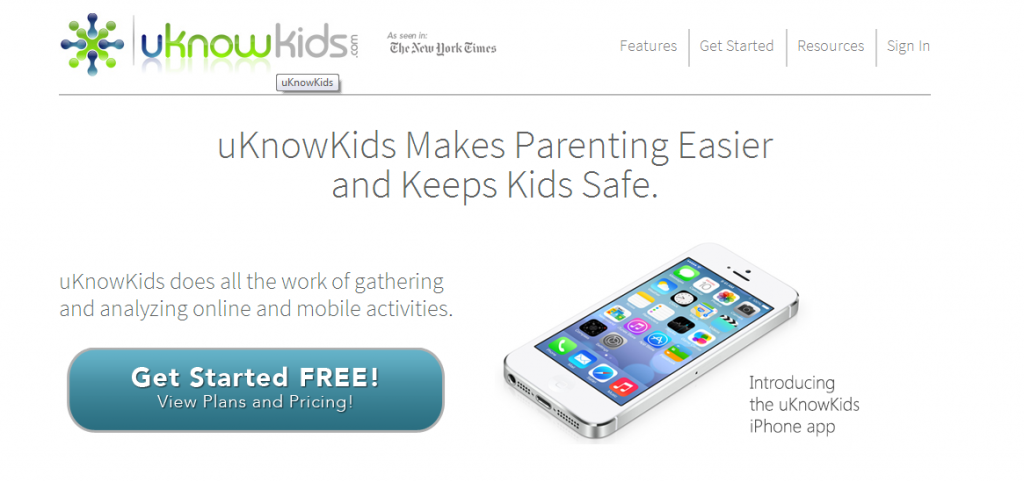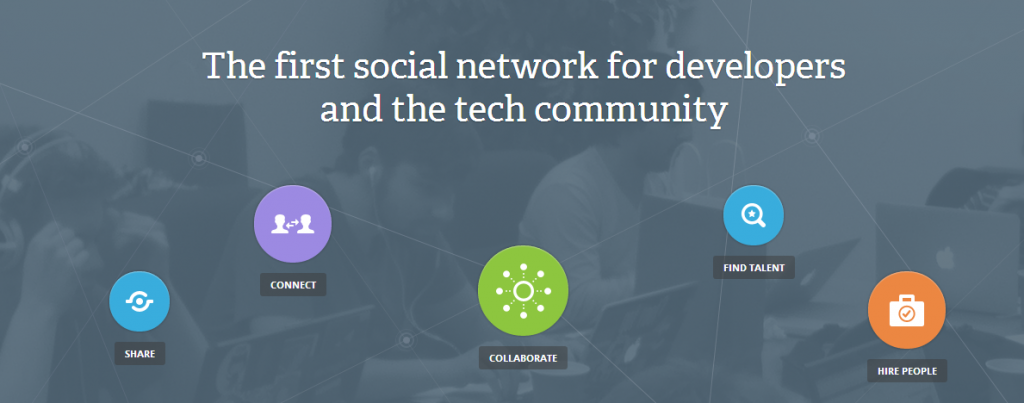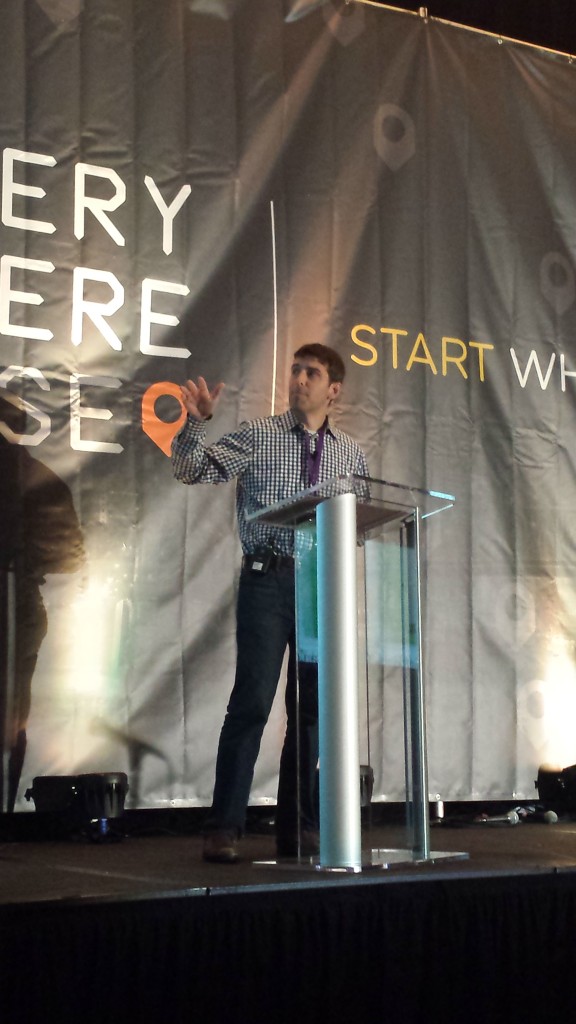
The QR code has now become so ubiquitous, even my mom knows what it is. (And she had that original Nokia phone for, like, 10 years.)
The QR code may be everywhere, but the black and white box design leaves something to be desired. It either completely interrupts the design of the product, or it blends in so perfectly, it’s impossible to spot.
Visualead thinks it has the answer. The Israel startup is redesigning the QR code to make it fun, hip, and more engaging.
Check out their Q&A below:
 What does your company do?
What does your company do?
Our company is pioneering a change, or as we like to call it – an evolution, in the field of QR codes by introducing a new product to the market – the visual QR code, which utilizes the scannability of the original code but boasts an attractive customizable image, instead of the boring black & white barcode. This is great for mobile marketing, and has proven to increase CTR and user engagement.
Who are the founders, and what are their backgrounds?
Nevo Alva – CEO, MBA from TAU in Entrepreneurship and Innovation, held executive positions in Clearcut and Dreambots startups
Itamar Fridman – CTO, MSc EE from the Technion summa cum laude, worked in Kaminario and Dreambots startups
Uriel Peled – CPO, BSc EE from the Technion summa cum laude, previous position was a R&D team leader at Mellanox
Where are you based?
Israel.
What’s the startup scene like where you are based?
While Israel is a small country, with roughly 7.6 million people, it has approximately 4,800 startup companies and attracts far more venture capital per person than any other country in the world. Dubbed as The Startup Nation, Israel outweighs the United States in venture capital investment per person, totaling $170 per person compared to $70 per person in the US.
What problem do you solve?
We are bent on solving a core problem with the design of the QR code, which is its visual handicap in form of an un-engaging black and white barcode. This in turn causes a decrease in user engagement and CTR. By introducing our product to the market we solve that problem; the visual QR Code is cool, hip and fun and caters to the needs of both individuals and businesses. We really think it’s the next thing in digital marketing, and judging by the response so far – we’re spot on!
Why now?
Our world is becoming increasingly crowded with more and more information and commercials, and we learn to blur them out instantly unless we can gauge their relevancy and usefulness to us straight away. In addition, digital marketing has taken a leap since the introduction of smartphones which the average person uses for web browsing every day. That’s our window of opportunity to help businesses and individuals succeed in marketing ideas correctly though the use of a fashionable tool.
Wouldn’t it be a shame for a great product to go unused just because it was marketed through the wrong channels and gone unnoticed?
What are some of the milestones your startup has already reached?
We’ve had the honor of taking the podium at the Global Mobile Internet Conference in Beijing. Needless to say we were very happy to receive such recognition. Other than that, we have a very impressive daily use of our application, in both private & business sectors, which we’re very proud of.
What are your next milestones?
We are working to develop the next generations of our Visual QR Code technology which would improve the integration of QR Codes into images even more and also support integration of QR Codes onto videos as well
Where can people find out more? Any social media links you want to share?
Sure! You can learn more about us at our website.
Feel free to follow us on Twitter or on Facebook!
You can also view our short on the Visual QR Code on YouTube:




















